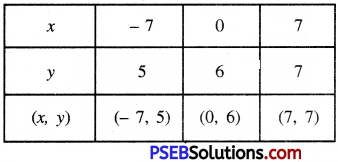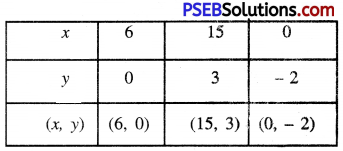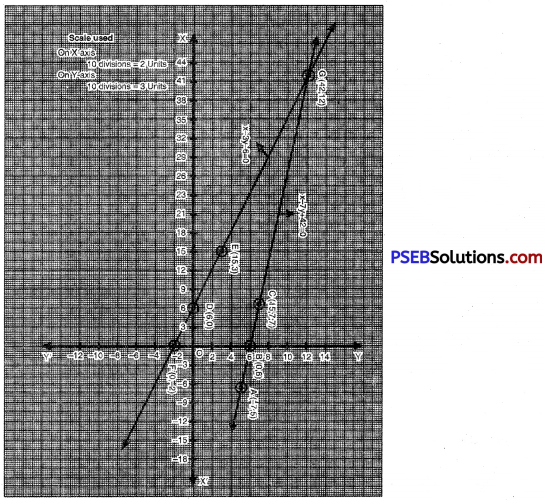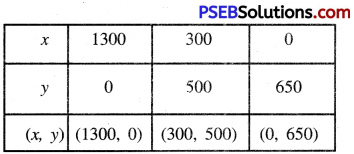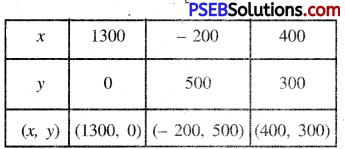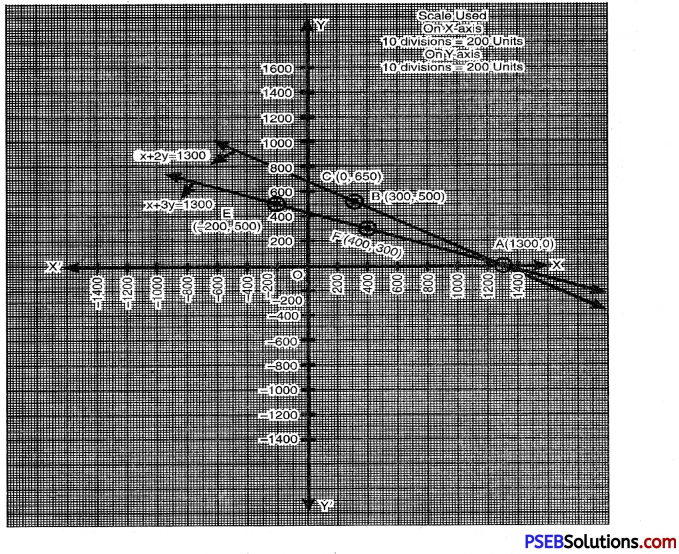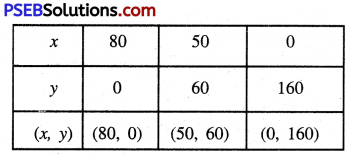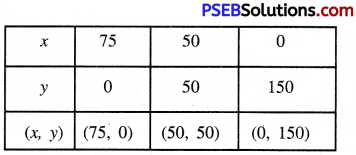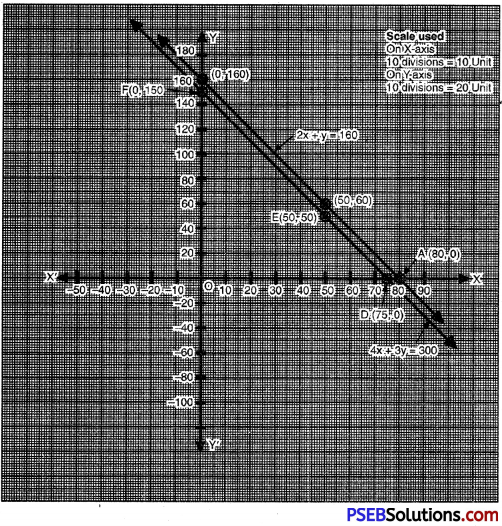This PSEB 12th Class Physical Education Notes Chapter 5 Disability will help you in revision during exams.
PSEB 12th Class Physical Education Notes Chapter 5 Disability
→ The term disability is the state of being unable to use any part of the body properly, which may be due to injury or disease.
→ This restricts an individual to perform daily activities with comfort and ease.
→ The special ability or disability can be either structural disability or functional disability.
→ There are various causes of disability i.e. it can be inherited or caused by environmental factors.
![]()
→ The environmental factors are very vast. it can be due to disease, occupation, physical factors, social factors, chemical factors or psychological factors and accidents, etc.
→ There are many occupational diseases that may cause disability to a person.
→ These occupational diseases can be due to physical agents like dust, noise, radiation, and dust or chemical hazards, etc.
→ These diseases can be prevented to some extent by various means such as medical examination of the workers, maintenance of workplace, control of air or noise pollution, use of protective devices, etc.
→ Another term that has been discussed in this chapter is rehabilitation which means, “the act of restoring something to its original or normal state.
→ The literal meaning came from the Latin words ‘re’-mean again and ‘habitable meaning ‘make fit’. It is the process of keeping a person who suffered an injur}’ or illness to come to a self-sufficient state.
![]()
→ There are many societies that are actively engaged for the rehabilitation services such as the Indian Red Cross Society, All India Blind Relief Society, Tuberculosis Association of India, Indian Council for Child Welfare, etc.
→ Hence, these societies help people to return to their normal or near-normal way of living.




